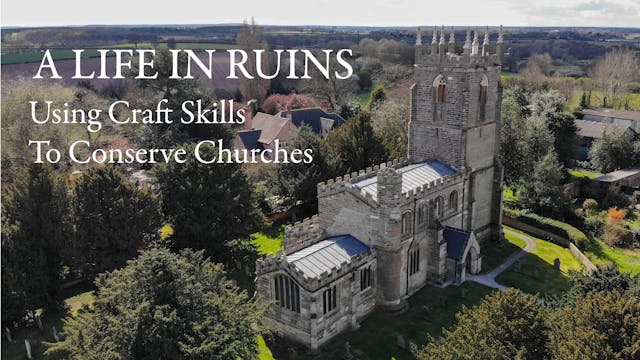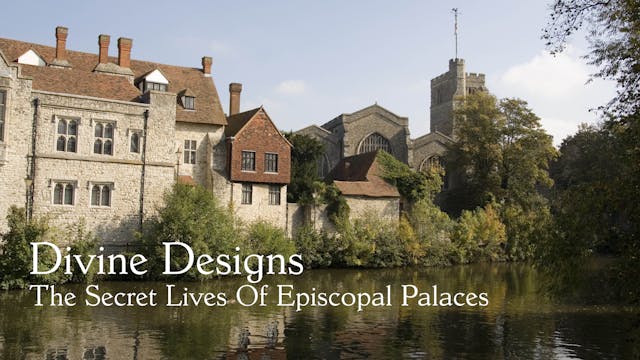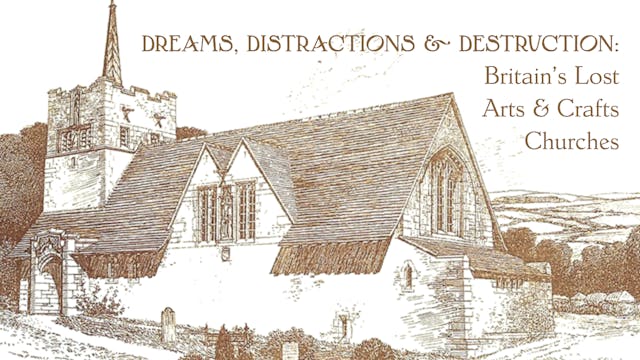To Show That The Place Is Divine: Consecration Crosses In English Churches
Our Free Lectures
•
1h 9m
Consecration crosses can be seen in a number of medieval places of worship, including those belonging to the Churches Conservation Trust. Usually painted on the interior walls of a church, these white discs with a red cross in the centre signified to the congregation that the building was a sacred place, set apart from the rest of the world. Drawing on surviving examples from across the country, this presentation will explore the variety of consecration crosses. It will consider the concepts and rituals that lay behind these markers of holiness and the implications that this had for how medieval churches were regarded and used. The sanctity of places of worship was challenged and rejected during the course of the English Reformation. Amidst the reordering of churches in accordance with the new Protestant aesthetic many consecration crosses, together with wall paintings, disappeared under layers of whitewash. Those that remain serve as a visible reminder of the attitudes and beliefs of patrons, congregations, as well as the ecclesiastical establishment, of the sanctity and significance of these church buildings from time of their foundation.
Andrew Spicer researches the impact of the Reformation on places of worship across early modern Europe with a particular interest in iconoclasm, church architecture, the material culture of worship and liturgical furnishings, as well as rites of consecration and sacred space. He is Professor of Early Modern European History at Oxford Brookes University and his publications include Calvinist Churches in Early Modern Europe (2007) and the edited volumes Lutheran Churches in Early Modern Europe (2012) and Parish Churches in the Early Modern World (2016).
Up Next in Our Free Lectures
-
A Life In Ruins - Using Craft Skills ...
Over the past thirty years, Andrew Ziminski has worked as a stonemason-conservator as a partner of Minerva Stone Conservation.
From repairs to a megalithic burial chamber and the reconstruction of a Roman temple façade to an Anglo-Saxon shrine and Salisbury's medieval cathedral Andrew's craft sk...
-
Divine Designs: The Secret Lives Of E...
The bishops of medieval England wielded great power, and their residences were often as splendid as those built for royalty. At one time, these palaces were scattered liberally throughout the country but now only a handful remain occupied by bishops, while the rest have been destroyed or taken on...
-
Dreams, Distractions & Destruction: B...
The Arts & Crafts church was an eccentric notion – new churches built around 1900, when Britain was no longer a church-going nation, and belief in God was no longer obligatory. And yet the aesthetic urge remained in architects, and spiritual searching still drove their clients. This talk sets...



